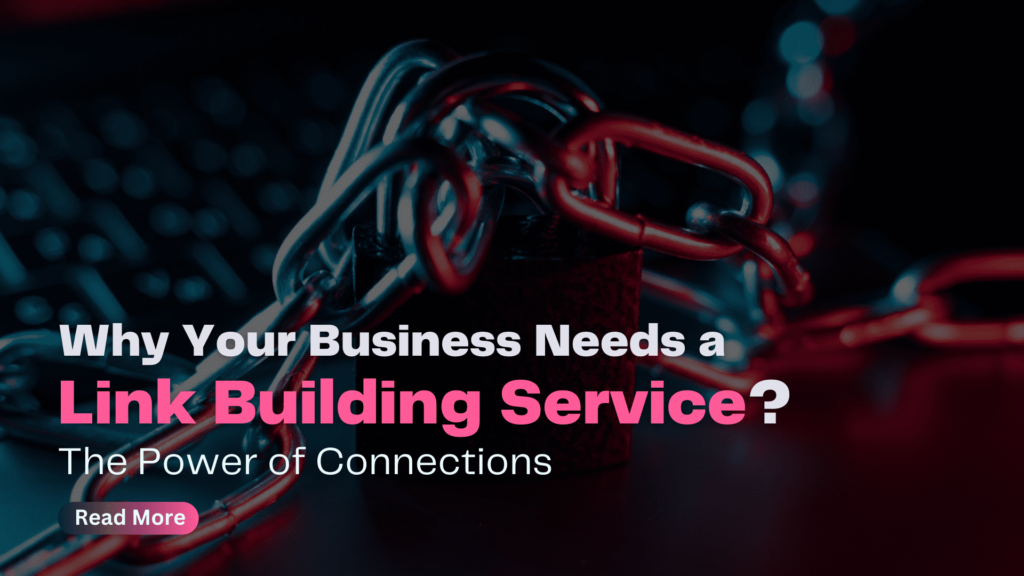Introduction:
Digital marketing memes are a very popular method of marketing to convey messages in a funny and relatable manner. Funny Memes can be a fantastic option to add some humor to your marketing strategies online and engage with your target audience in a more intimate way. But finding the most recent and funniest memes for digital marketing isn’t easy.
The Most Visited Websites for the Latest Digital Marketing Funny Memes
#1 Memebase
Memebase is a site that collects the most recent and most popular memes from across the web. The “marketing” segment is full of humorous memes from the world of marketing which are guaranteed to make you smile.
#2 Imgur
Imgur is an image-sharing site that provides a range of memes that relate to digital marketing. It also has a section specifically devoted to marketing memes. Here you can find humorous GIFs and images related to PPC, SEO, and social marketing via social media. The site also features a comments section in which users can debate the most recent memes and post their own ideas.
#3 Reddit
Reddit is an online social network that lets users communicate and discuss their content. There are numerous subreddits devoted to memes related to marketing and digital including r/digital_marketing memes, and marketingmemes. These subreddits are frequently updated with new memes and there are discussions on the most recent trends in the field of digital marketing.
#4 Twitter
Twitter is a great place to discover digital marketing-related memes. A lot of digital marketing experts and influencers post memes that relate to their fields on Twitter. You can also search for digital marketing hashtags such as #digitalmarketingmemes, #marketinghumor, and #marketingmemes to find the latest memes.
#5 Instagram
Instagram is a well-known platform for sharing visual content, and memes about digital marketing aren’t any different. Many users share memes related to digital marketing on Instagram, and you can find them by searching for relevant hashtags such as #digitalmarketingmemes, #marketingmemes, and #socialmediamemes.
#6 Tumblr
Tumblr is an online microblogging site that is well-known for its humor as well as memes. There are many Tumblr blogs dedicated to digital marketing memes, such as digitalmarketingmemes.tumblr.com and marketingmemes.tumblr.com. The blogs are regularly updated with new memes and there are discussions on the latest developments in the field of digital marketing.
#7 9GAG
9GAG is a well-known website that allows users to share and create memes. They have a section devoted to memes related to digital marketing that you can locate by searching the keywords “digital marketing” or “marketing”. You can also make your own memes for digital marketing on 9GAG and make them available to the community.
#8 Pinterest
Pinterest is a visual exploration platform that lets users save and share images and videos. There are a variety of Pinterest boards Pinterest dedicated to memes about marketing and digital including “Digital Marketing Memes” and “Marketing Humor”. You can also look up relevant keywords, such as “digital marketing” or “marketing” to discover the most recent memes.
#9 Facebook
Facebook is the biggest social media platform worldwide There are a variety of groups and pages devoted to memes about marketing and digital. You can locate these pages and groups by looking up relevant keywords, such as “digital marketing memes” or “marketing humor”. You can follow digital marketing influencers as well as professionals on Facebook to keep up-to-date memes on your feed.
#10 Buzzfeed
Buzzfeed is a renowned site, renowned for its content that is viral and its humor. There is a section dedicated to digital marketing memes and you can locate them by searching for the keywords “digital marketing” or “marketing”. You can also make your own memes for digital marketing on Buzzfeed and make them available to the community.
Marketing in the digital age is an extremely serious field however this doesn’t mean that it cannot be entertaining! Memes are an excellent method to brighten your mood and add a bit of humor to the business. This blog will highlight the top 10 websites on which you can find marketing memes on the internet.
#11 LinkedIn
LinkedIn is an established professional social networking platform However, it doesn’t mean that it’s not full of humorous moments. There are plenty of humorous digital advertising memes and other marketing-related jokes via LinkedIn through joining group discussions or by following pages that are related to the subject.
#12 know Your Meme
It is a website that tracks the origins and development of memes. They also have a section on digital marketing memes. It is an excellent site to find out more about the origins of memes.
#13 Giphy
Giphy is a site on which you can search and share animated GIFs. There is an area dedicated to memes about digital marketing, that includes hilarious videos.
In the end, digital marketing memes can be a fantastic method of injecting some humor into the business. These websites provide many hilarious videos that can bring a smile and lighten your day. If you’re in need of a laugh visit these sites to enjoy some of the best digital marketing memes!
Top 6 Websites that allow you to Create Digital Marketing Memes Easily
Memes are now an integral aspect of digital marketing and they are an enjoyable and efficient method to connect with your customers. Digital marketing memes are an excellent method to inject humor into your company’s social media presence and produce shareable content. In this post, we’ll provide the best websites where you can make digital marketing memes.
#1 Canva
Canva is a renowned graphic design software that permits users to create a vast selection of designs, including memes. They offer a wide range of templates so that you could make digital marketing memes swiftly and effortlessly. Canva is easy to use, and you don’t have a degree in graphic artist to make use of it.
#2 Adobe Spark
Adobe Spark is another popular design tool that lets users easily create memes. They offer a collection of templates that you could utilize to create digital marketing memes swiftly. Adobe Spark also has a mobile application, making it simple to create memes while on the move.
#3 Imgflip
Imgflip is a site that is popular for sharing and creating memes. They also have a meme generator tool that lets users make digital marketing memes in a matter of minutes. Imgflip also offers a collection of meme templates that can be used to make your own memes for digital marketing.
#4 Quickmeme
Quickmeme is a website that lets users create memes in a short time and with ease. There’s a section specifically for digital marketing memes which include templates that can be used to make the meme of your choice.
#5 Meme Generator
Meme Generator Meme Generator is a well-known website for memes. They offer a variety of templates so that you could make digital marketing memes swiftly. Meme Generator can also allow you to modify the font, text, and even the color that your memes display.
#6 Kapwing
Kapwing allows online users to edit videos using a tool that lets users make memes. The tool has an online meme maker tool that lets users make digital marketing memes in a matter of minutes. Kapwing also offers a library of meme templates where you can make new memes.
In conclusion, using digital marketing memes is an effective way to interact with your viewers and create easily shareable content. These websites offer a variety of templates and tools which allow users to make digital marketing memes swiftly and easily. If you’re looking for a way to add a little amusement to your brand’s social media profile, consider making some memes for your digital marketing by using these websites.
Top 13 Websites for Popular Digital Marketing Memes You Can’t Miss Read More »
















